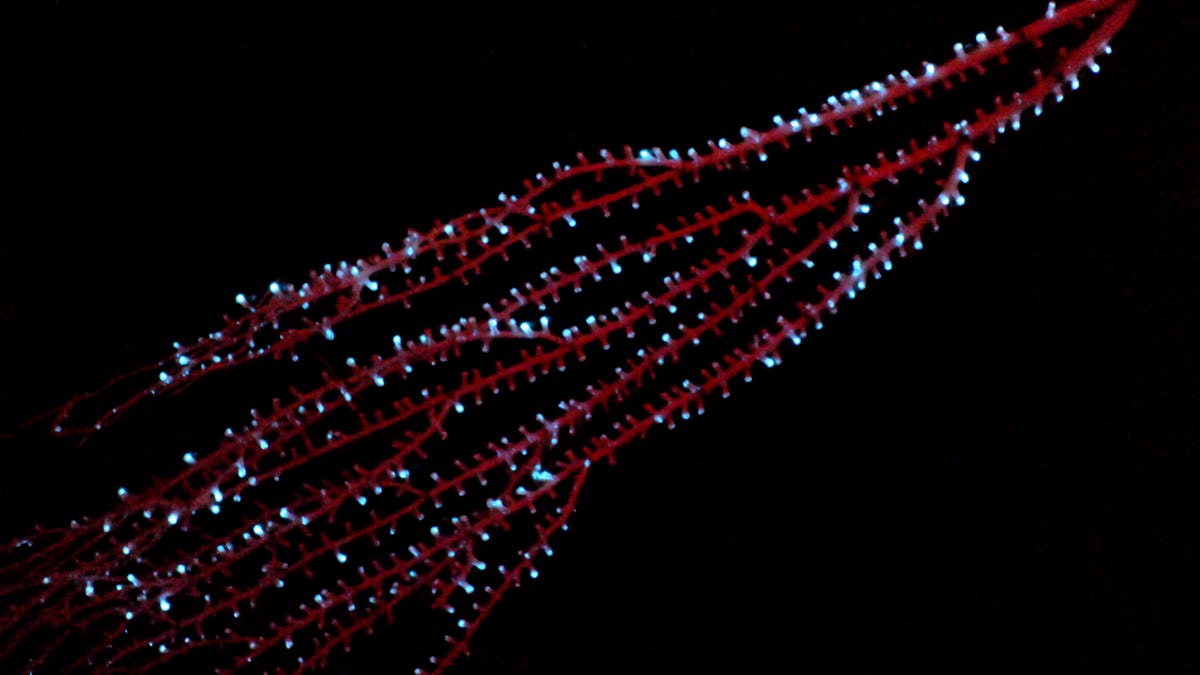Exploring Ancient Origins of Bioluminescence in Octocorals
Recent research conducted by a team of scientists sheds light on the deep-rooted history of bioluminescence in octocorals, uncovering a fascinating evolutionary aspect that predates previous estimates. Octocorals, while bearing a name that suggests a close relation to true corals, are actually a distinct group of marine invertebrates that inhabit the Earth’s oceans.
The study, published in the Proceedings of the Royal Society B, reveals that the phenomenon of bioluminescence in octocorals dates back at least 540 million years, significantly earlier than previously believed. This finding offers a glimpse into a pivotal period of the Earth’s history, where animals were rapidly diversifying and adapting to new ecological niches.
The Mechanism Behind Bioluminescence
Bioluminescence in octocorals is made possible through the action of an enzyme called luciferase, which initiates a reaction resulting in the emission of light. Unlike the bioluminescence observed in organisms such as fireflies, which relies on magnesium and ATP for its luminous display, octocorals utilize a unique biochemical process to produce light.
Furthermore, the distinction between bioluminescence and biofluorescence must be emphasized. While biofluorescence involves organisms emitting light under external illumination, bioluminescence stems from internal reactions within the creature itself, leading to its inherent glow.
Unveiling Evolutionary Insights
The researchers leveraged an evolutionary tree of octocorals developed in a prior study to trace the origins of bioluminescence in these fascinating creatures. By analyzing fossil evidence and living bioluminescent species within the framework of the evolutionary tree, they pinpointed the emergence of bioluminescence in octocorals to approximately 540 million years ago.
This significant revelation not only underscores the ancient heritage of bioluminescence in octocorals but also hints at the intricate ecological interactions that shaped the evolution of bioluminescent traits in various organisms during a critical juncture in Earth’s history.
Potential Future Avenues
While the current methodology relies on statistical inference to determine the timeline of bioluminescence evolution in octocorals, the prospect of delving into ancient DNA techniques offers exciting possibilities for further exploration. Researchers speculate that advancements in ancient DNA analysis may eventually enable the detection of genetic material such as luciferase in exceptionally old fossils, providing a more definitive understanding of the origins of bioluminescence.
Ultimately, this research not only enriches our knowledge of the natural world but also underscores the enduring legacy of bioluminescence as a unique and captivating phenomenon that has persisted throughout Earth’s evolutionary history.
Image/Photo credit: source url





